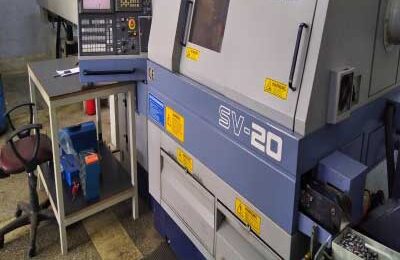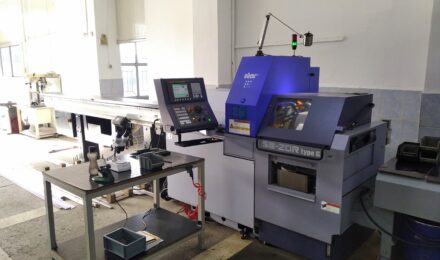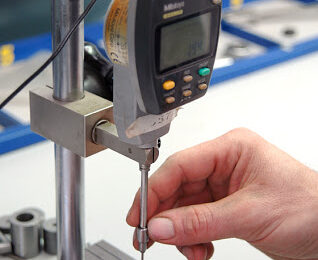Quick Start Guide for Processing Metals
We take metal lightly in the 21st century. Not just steel, aluminum and copper, but titanium and a multitude of steel and copper alloys that make modern life possible. Complex surgical devices and permanent implants in the human body have been made possible by the evolution of sophisticated metals and alloys.
The surprising thing about metals is not how many of them we have today, but how many millennia it took us to move beyond the basics of bronze and iron. For example, the first steel was produced in India in 400 BC, but commercial methods of steelmaking were not developed until the mid-19th century, and steel production did not become a rock of the global industry until the early 20th century. Today, steelmaking is a fine art with many different qualities and varieties used for its unique properties in special applications.
At AYESAK, we are fascinated by everything metal. We work with everything from bronze and copper of 6000 years ago to today’s nitronic alloys. To excel in CNC machining, you need to know the metal, not superficially, but deeply and comprehensively. You must know how it will behave under various conditions and which features will produce the desired results.
With this in mind, a guide to the most important metals used in CNC machining, their properties and applications.
CNC PROCESSING METALS
Copper: BC Copper, one of the first metals discovered around 9000, is a strong, formable metal with good conductivity for electricity and heat. It is also resistant to rust and other corrosive effects. Copper plays an important role in modern society, bringing heat and clean water to our homes and buildings. Copper is used in CNC machining for valves, hydraulic pipes, radiators, cooling systems and heat exchangers.
Bronze: Bronze is an alloy of copper and tin. We do not know exactly when it was discovered, but it was used by ancient Sumerians as early as 3500 BC. Bronze is a strong, hard metal that is resistant to wear and corrosion. Bronze is used in CNC machining for bearings, bushings, screws, threaded parts and electrical connectors.
Brass: Brass is an alloy of copper and zinc. It was discovered in the 1400s, but has only been used for engineering within the last 1000 years. Rice production gained importance in the industrial age, especially for the parts needed by the wool industry. Today, brass is often used for bathroom fixtures and door handles because it is a poor breeding ground for bacteria. Brass is one of the easiest materials to machine and produces durable, cost-effective and corrosion resistant component parts. Used for bearings, bushings, valves, gears and hinges in CNC machining.
Iron and steel is the king of metals. The discovery and use of iron changed world history. This is the reason why we divide ancient history into bronze age and iron age. Iron was discovered around 1500 BC and was used almost immediately to produce weapons and tools. While no iron is used in CNC machining, this is important because the iron will eventually be refined to make steel, a metal alloy that makes the modern world possible.
Steel is an alloy of iron and carbon. “It has been produced in flower ovens for thousands of years, but its large-scale industrial use began only after more efficient production methods were developed in the 17th century… in the mid-19th century… with the invention of the Bessemer process. the new era of mass production has begun. “This process was one of many that has accelerated the progress of the industrial age.
Stainless steel. Andrew Carnegie put US steel on the map in the last decade of the 19th century, but the most important development for modern machining came in 1919 when Harry Brearley discovered stainless steel – chromed low-carbon steel, which made it corrosion resistant. Stainless steel is used for everything from screws to aircraft parts. Stainless steel’s ease of cleaning and strength-to-weight ratio make it the first choice in many medical applications. Stainless steel and its alloys are used in CNC machining for the aerospace and automotive industries, surgical equipment and medical implants, as well as anything that requires corrosion resistance and strength.
Nitronic 60. Nitronic 60, a niche metal, is an anti-lift, corrosion-resistant stainless steel. It is an effective metal for construction applications by providing high performance in both ambient and high temperatures. Ideal for the manufacture of valve bodies, linkage systems, chain drive systems and pump components.
Titanium. Discovered in AD 1791, titanium is a lightweight, corrosion-resistant, high-strength metal used in aerospace, medical, military and sporting goods applications. It is particularly useful for medical implants as it does not cause an adverse immune response in humans. Continuous improvement made a tit




